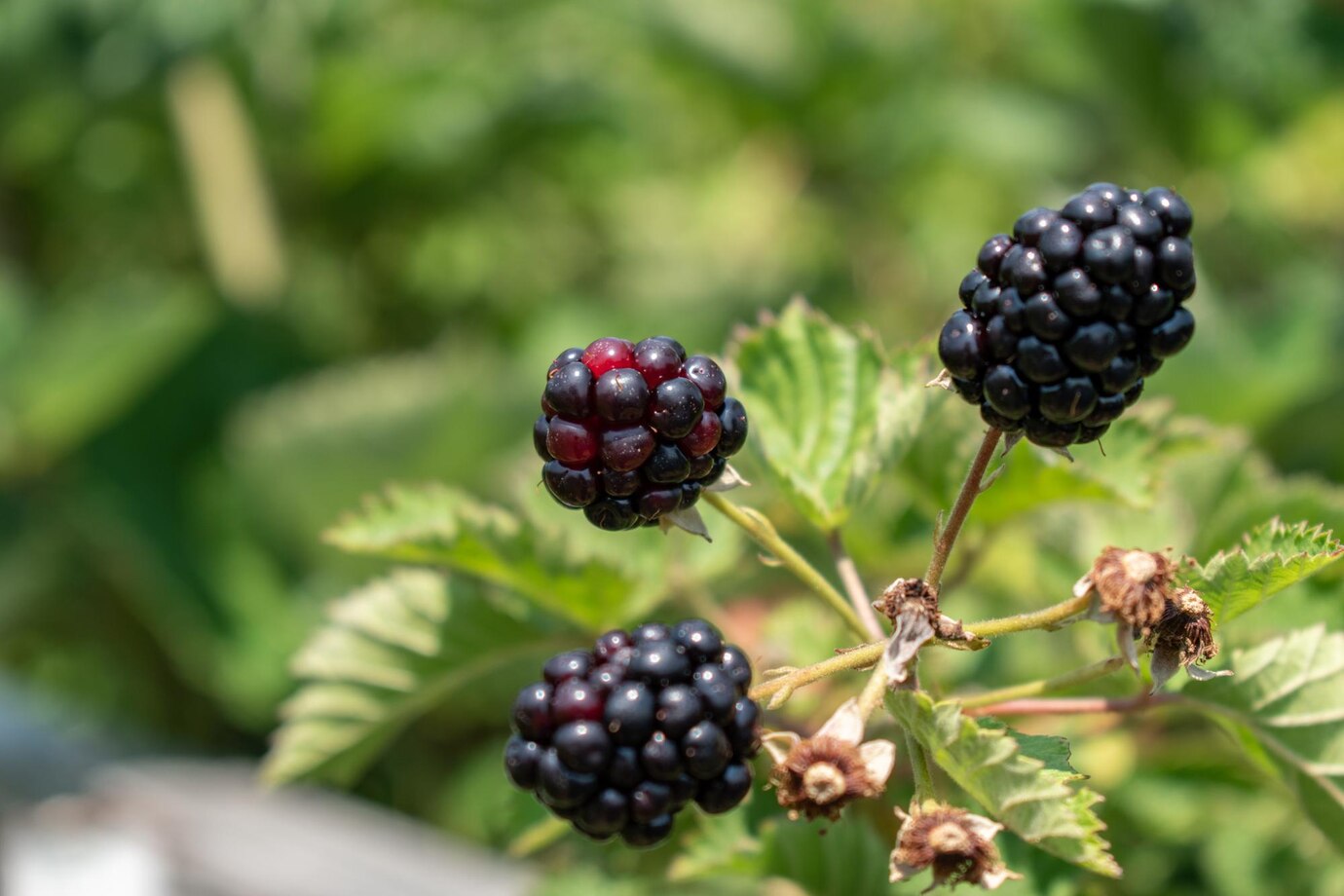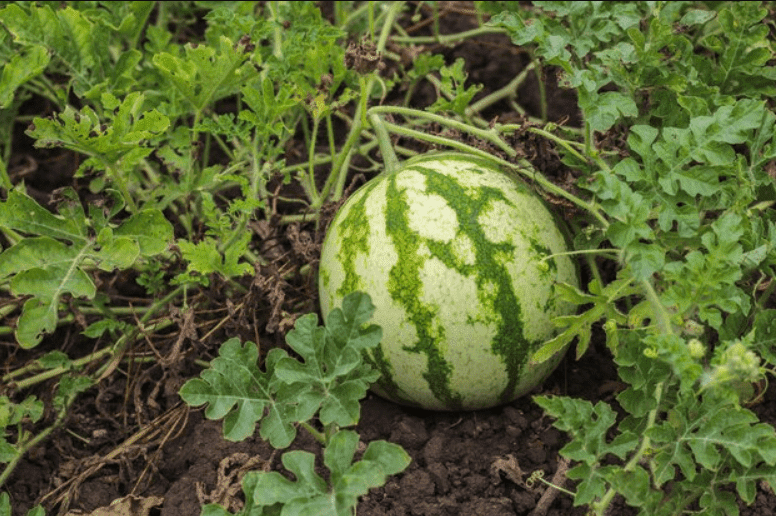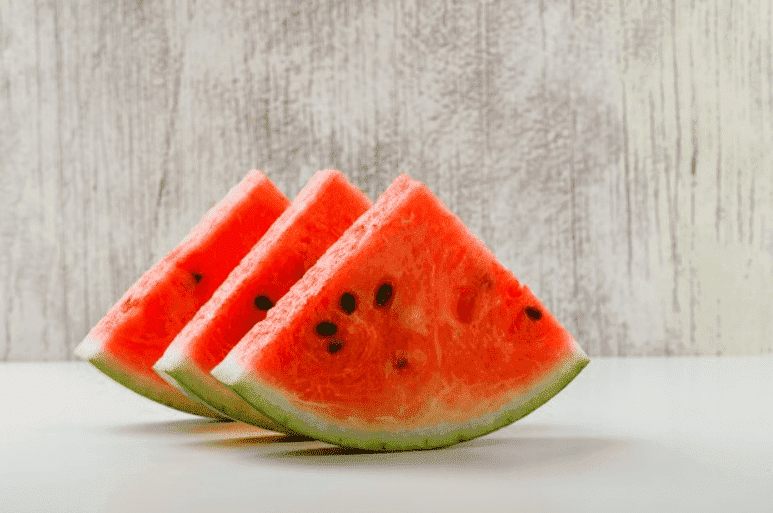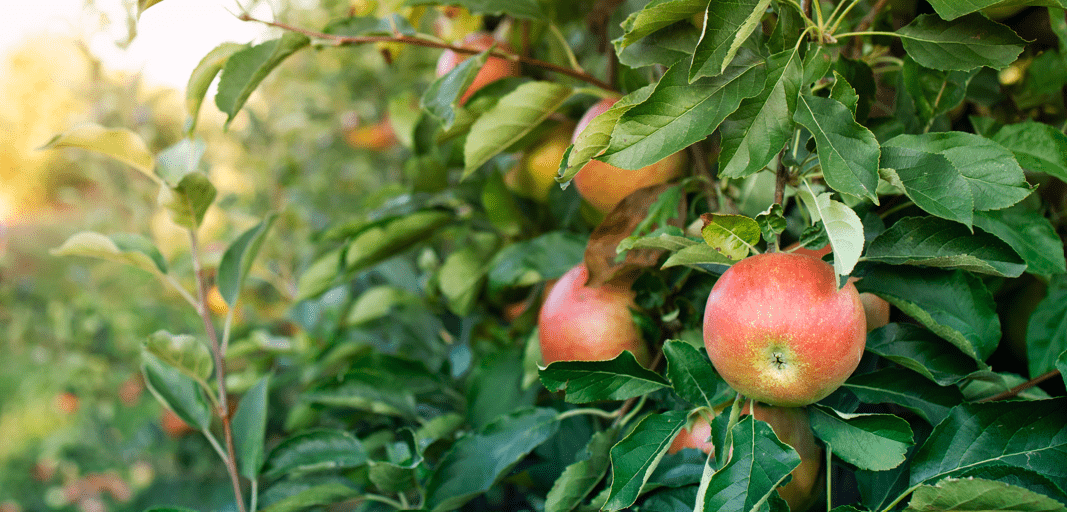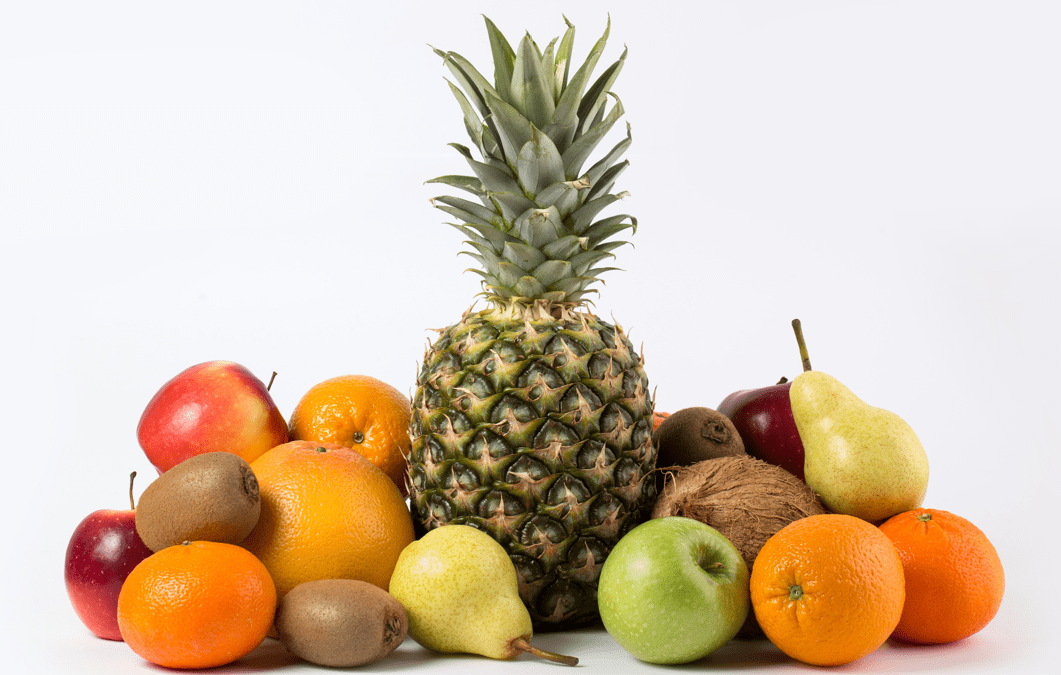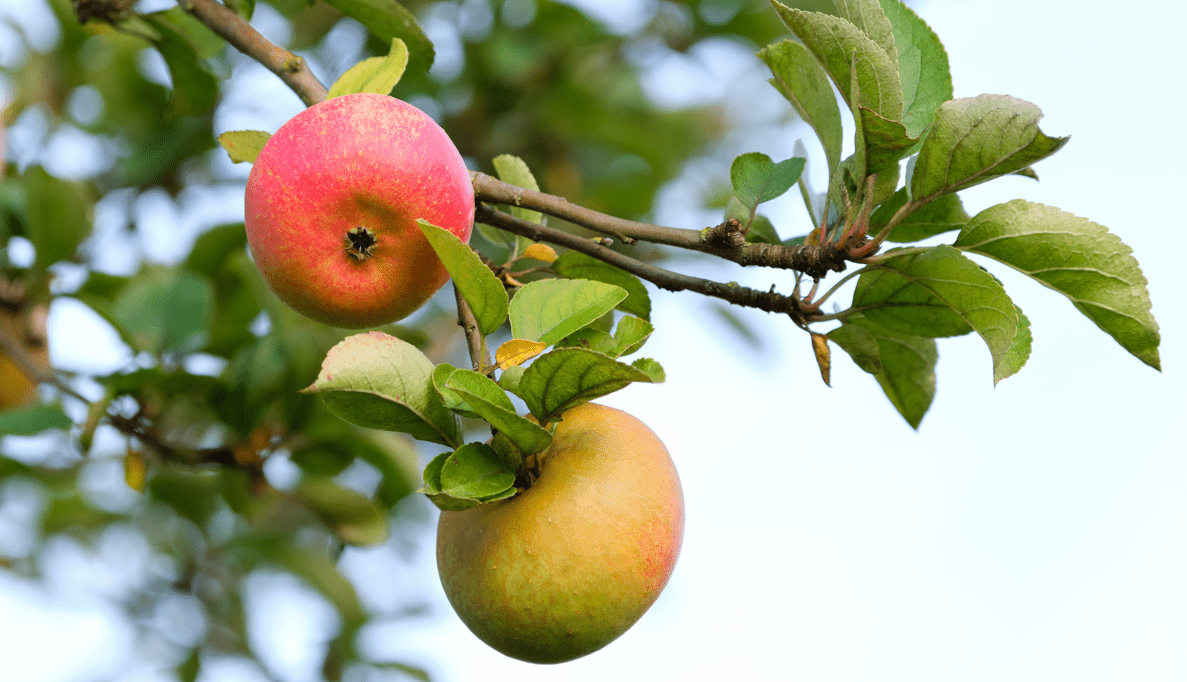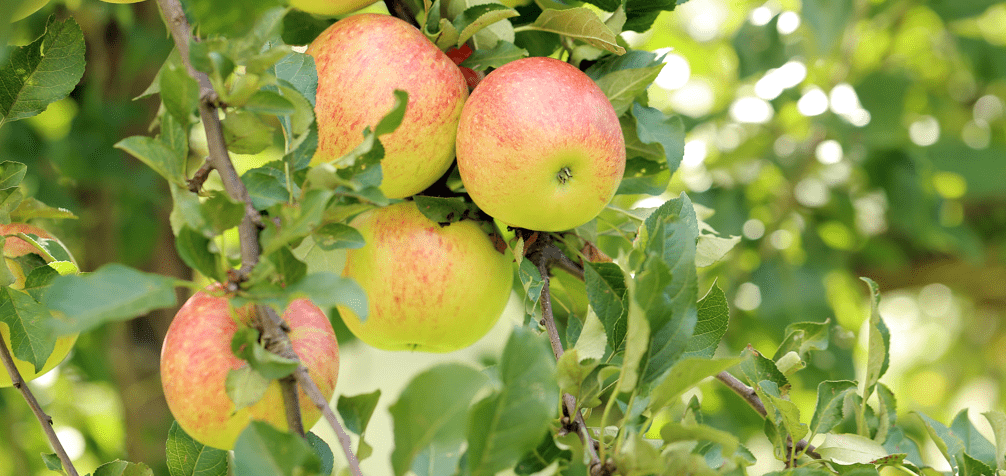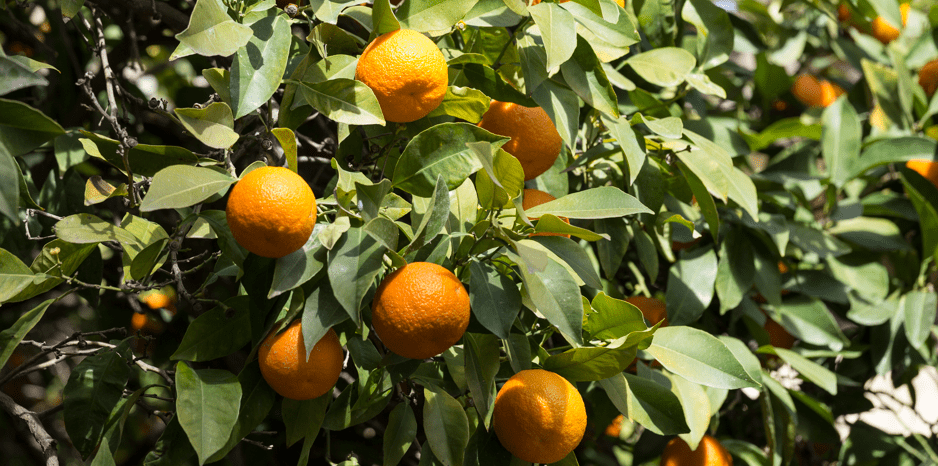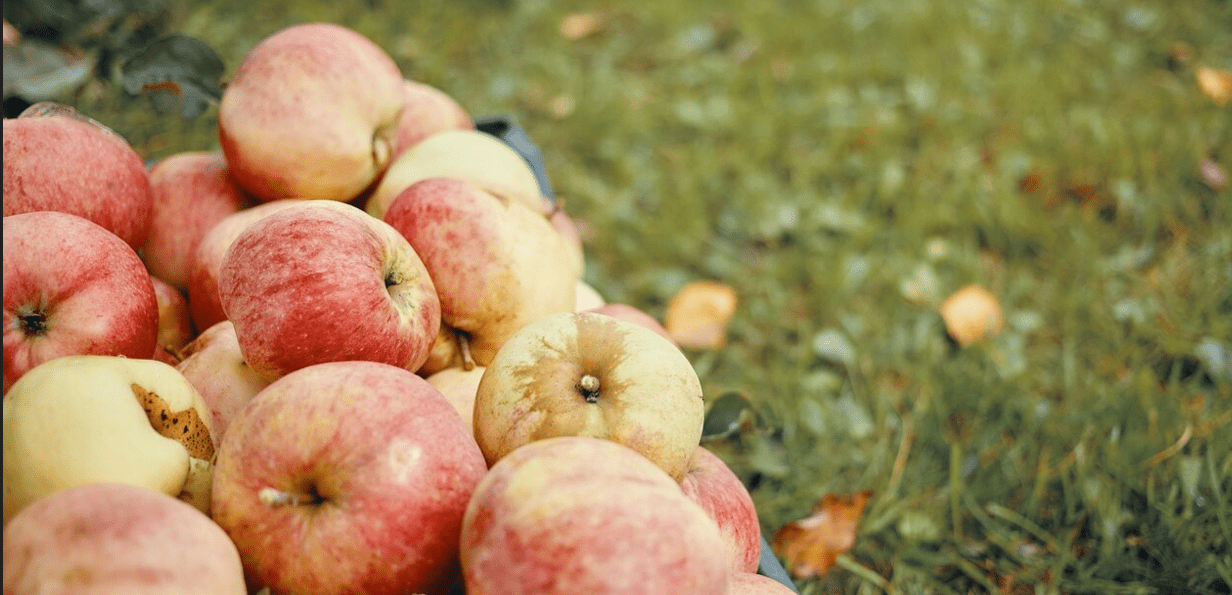Wild blackberry brambles offer essential food and shelter for many birds and mammals. But in a garden setting, they often scare off gardeners because they spread aggressively. Still, more and more people are growing wild blackberries because of their rich, sweet flavor and impressive antioxidant content.
Table of Contents
ToggleWild Blackberry that is Invasive
More than 2,000 blackberry varieties grow across the Northern Hemisphere. You will find 11 species of wild blackberry alone in California. Among these, four are classified as weeds. Cutleaf blackberry (R. laciniatus) and Himalaya blackberry (R. discolor) are non-native, while the others are native to the region.
Among the native species, Western thimbleberry (R. parviflorus) often competes with evergreen trees in reforested areas, while Pacific blackberry (R. ursinus) tends to spread through streambeds and ditches. Both invasive types of wild blackberry have spread widely across America, with only a few areas spared.
Of all the invasive blackberries, the Himalaya blackberry causes the most trouble.
How to Identify Wild Blackberry
Wild blackberry plants grow well across the U.S., but they thrive most in the mild, moist climate of the Pacific Northwest. Among the four invasive types, thimbleberry stands out. It’s the only one that doesn’t vine and lacks the prickly stems on the others.
Both Himalaya and cutleaf blackberries have five-angled stems. You can tell them apart by their leaves. Himalaya blackberry has five oval, serrated leaflets, while cutleaf blackberry has five leaflets with deep lobes.
All four varieties produce white to pink flowers that bloom at different times. Western thimbleberry and Pacific blackberry start as early as March, while Himalaya and cutleaf bloom around May.
Their fruit is small, juicy, one-seeded drupes that are blue-black to deep purple.
What is The Season of Wild Blackberries?
Blackberry season kicks off in August, and you can usually find fruit on the plants through October. Any berries that hang on after this period will taste bitter and bland, not even good enough for jam. But it’s not just the berries that are useful. The leaves make a tasty, soothing tea that you can harvest from spring until the first frost.
Growing Wild Blackberries
Even though blackberries have a reputation for taking over, they’re becoming a popular commercial crop thanks to their rich flavor and health benefits. Until recently, growing wild blackberries wasn’t practical. They had two major drawbacks: they don’t produce fruit in the first year, and their canes often die in winter without serious protection.
Blackberries grow best in regions with mild winters and warm summers. Home gardeners can plant newer cultivars or even try propagating from wild stock. But be cautious because wild plants often carry bacteria and fungal diseases that can spread to other plants.
If you’re planting blackberries from cultivated stock, choose a bright and sunny area with well-draining soil and a pH range of 6.0 and 6.5.
How to Grow Wild Blackberry Bramble
To grow wild blackberries, start by propagating a healthy stem cutting indoors. Use sharp pruning shears sterilized in a bleach solution (one part bleach into nine parts water). Soak the shears for 10 minutes, then let them air dry completely.
Cut a 4–10 inch (10–25 cm) piece of young, flexible wood from the tip of a side branch at a 45-degree angle. Place the cutting in water immediately to keep it hydrated. If you take more than one cutting, wipe the blades with rubbing alcohol before each new cut.
Take the cutting out of the water and gently shake off the excess moisture. Dip the cut end into the rooting hormone, then plant it in a moist growing mix of sterilized loam, sphagnum moss, and sterile horticultural sand. Firm the soil around the cutting and cover the pot with an opaque plastic bag secured with a rubber band.
Place the pot in a sunny window with at least 6–8 hours of sun daily in a room at 60–70°F (16–21°C). Keep the soil consistently moist for 2–3 weeks until roots develop.
Once rooted, work compost into the top 6 inches (15 cm) of your garden bed. Gently remove the cutting from its container, loosen the roots, and plant it in the soil. Water it well and add mulch around the base to help maintain the moisture and keep weeds down. Depending on the weather, aim to provide about an inch (2.5 cm) of water per week.

